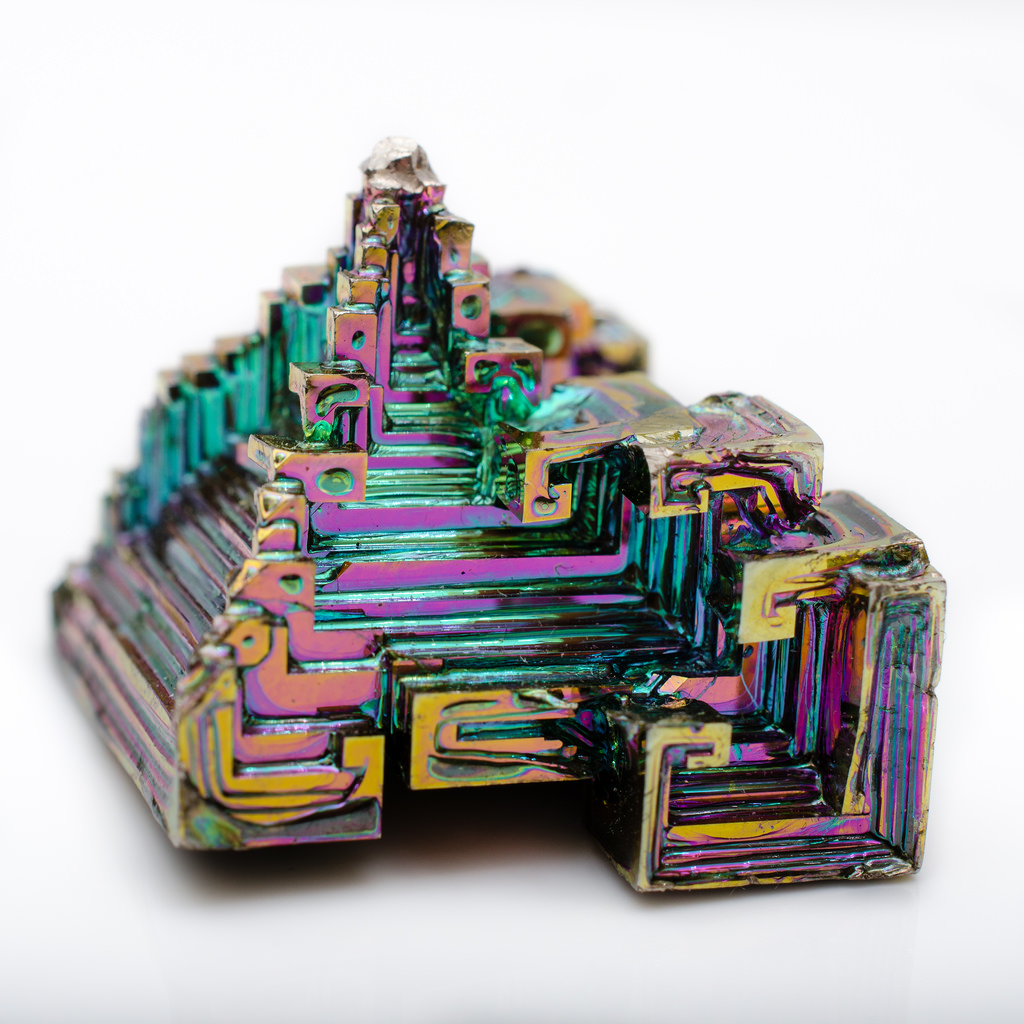
Topological insulators are materials that insulate on the inside but conduct electrical current on their surface. The current flow without resistance and respond in unconventional ways to electric and magnetic fields. These unique properties are studied with real interest towards future applications in high-performance electronics and quantum computation.
Recently, a new class of topological materials with novel conducting properties on the edges of crystals rather than on their surface was predicted by a group of physicists from Donostia International Physics Center (DIPC), the University of the Basque Country (UPV/EHU), UZH, Princeton University and Max Planck Institute of Microstructure Physics. The new material was given the name of “higher-order topological insulator”.
According to theoretical studies, the conducting edges are extraordinarily robust for higher-order topological insulators: the current of topological electrons cannot be stopped by impurities and if the crystal breaks, the new edges automatically also conduct current. However, the most extraordinary property of these new materials is that they can in theory conduct electricity without any dissipation as superconductors do at low temperatures. This would be a specific property of higher-order class topological insulators.
Now, thanks to a wider scientific collaboration where scientists from Paris-Sud University and CNRS were also involved, it has been confirmed that bismuth, an element consistently described as bulk topologically trivial, follows a generalized bulk-boundary correspondence of higher-order, that is, hinges host topologically protected conducting modes instead of the surface of the crystal.
The special topological properties of this element were first identified by using symmetry arguments, topological indices, first-principles calculations, and the recently introduced framework of topological quantum chemistry.
This phenomenon was then verified experimentally. With scanning-tunneling spectroscopy, the unique signatures of the rotational symmetry of the one-dimensional states located at step edges of the crystal surface were proved. Using Josephson interferometry, scientists demonstrated their universal topological contribution to the electronic transport.
Finally, this work establishes bismuth as a higher-order topological insulator and opens the way to identify new ones.

Publication: Higher-order topology in bismuth
Frank Schindler, Zhijun Wang, Maia G. Vergniory, Ashley M. Cook, Anil Murani, Shamashis Sengupta, Alik Yu. Kasumov, Richard Deblock, Sangjun Jeon, Ilya Drozdov, Hélène Bouchiat, Sophie Guéron, Ali Yazdani, B. Andrei Bernevig & Titus Neupert
Nature Physics volume 14, pages 918–924 (2018)
.png)
